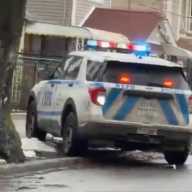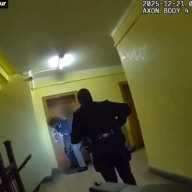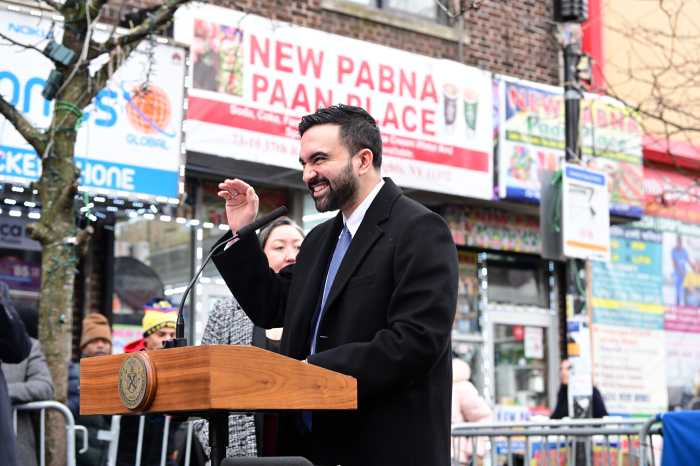Seven weeks after St. Francis Preparatory High School documented the nation’s first outbreak of the H1N1 virus, the New York City Health Department has reported that transmission of the virus, commonly known as swine flu, is on the decline.
The report, released June 12, painted the picture of a virus that peaked in late May, putting 567 people in the hospital by June 11 and claiming the lives of 16 as of June 15, according to the Department of Health and Mental Hygiene (DOHMH).
As of June 12, the cumulative number of confirmed H1N1 cases in the city was 863. The DOHMH noted, however, that the tally does not reflect the overall incidence of H1N1 flu, since only select cases are tested for the virus.
In a statement, new DOHMH Commissioner Dr. Thomas Farley assured that the city is steadfast in its handling of flu-like illness.
“The Health Department monitors influenza-like illness every day in New York City,” Farley said. “While every hospitalization is concerning and every death is a tragedy, our surveillance data indicate that the number of people newly infected is declining.”
Examining H1N1-related hospital admissions, the agency deduced that the virus disproportionately affected those with underlying risk factors for developing severe influenza or complications, and those below the age of 50. Some 80 percent of hospitalized patients had at least one known risk factor, most commonly asthma, pregnancy, diabetes, weakened immunity and cardiovascular disease.
Another risk factor was being under the age of two, a characteristic of 12 percent of the city’s H1N1-related hospitalizations. Almost 80 percent of hospitalized patients were younger than 50, nearly half were under 18 and 20 percent were under the age of five.
While a citywide survey conducted between May 1 and May 20 found that flu-like illness was present in all five boroughs, overall prevalence was highest in Queens, where 9.4 percent of respondents reported symptoms. Moreover, the DOHMH survey, which involved telephone calls to around 1,000 households, found that Queens reported the most influenza-like illness among people under 18, with 16 percent.
The agency findings are in line with the city’s H1N1-related school closures, which, beginning with the shuttering of St. Francis Prep in Fresh Meadows on April 27, were most widespread in Queens.
Overall, the DOHMH recommended the closing of around 60 city schools – 29 of which are in Queens – and, as of Monday, June 15, all schools had re-opened.
Brother Leonard Conway, the principal of St. Francis Prep, told The Courier that things are back to normal at Prep, with prom and graduation already behind the school and students preparing to take the state Regents Exams.
“I think in time people will forget the event,” Conway said, noting that, for now, the school remains “very proud” of the nursing staff for its initial response to the outbreak. “Everyone kind of recovered from the difficult ordeal,” he said.
But Senator Charles Schumer and his Senate colleagues realize the recovery from H1N1 is still underway. In a statement released Sunday, June 14, the Senator said that Congress is set to approve $350 million in funding to upgrade states’ and localities’ ability to address H1N1 and potential pandemics down the road.
Schumer, along with Senator Kirsten Gillibrand, requested the funding for vaccine development and general preparedness, according to the statement.
“As new H1N1 cases continue to be reported across New York City, New York State, and the nation, the time to act is now,” Schumer said.































